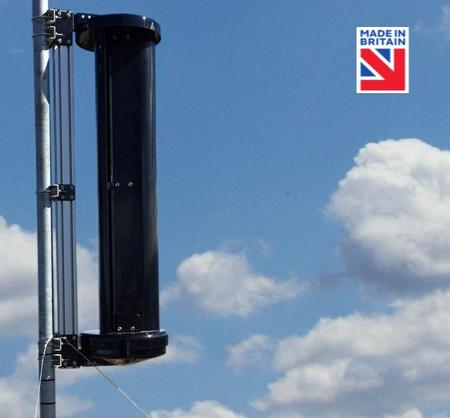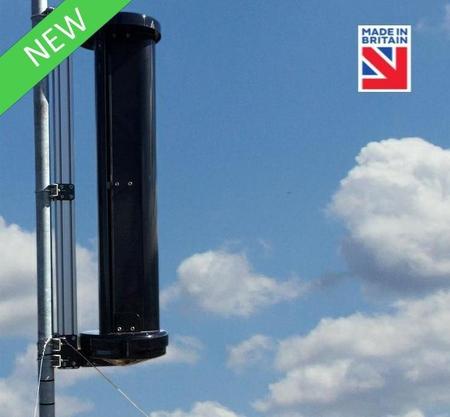Blog
Understanding the Mechanisms Behind Wind Turbine Generators: A Comprehensive Guide
In recent years, the importance of Wind Turbine Generators (WTGs) has soared as the world seeks sustainable energy solutions to combat climate change. According to the Global Wind Energy Council, the global installed wind power capacity reached over 743 GW by the end of 2020, demonstrating a 53% increase over the past five years. The US Department of Energy projects that wind energy could provide up to 35% of the nation’s electricity by 2050, underscoring the vital role WTGs will play in transitioning to renewable energy. However, understanding the underlying mechanisms behind these generators is crucial for optimizing their performance and efficiency. This comprehensive guide delves into the intricate functionalities of wind turbine generators, providing insights into their design, operation, and maintenance to not only harness wind energy effectively but also contribute to a more sustainable future.
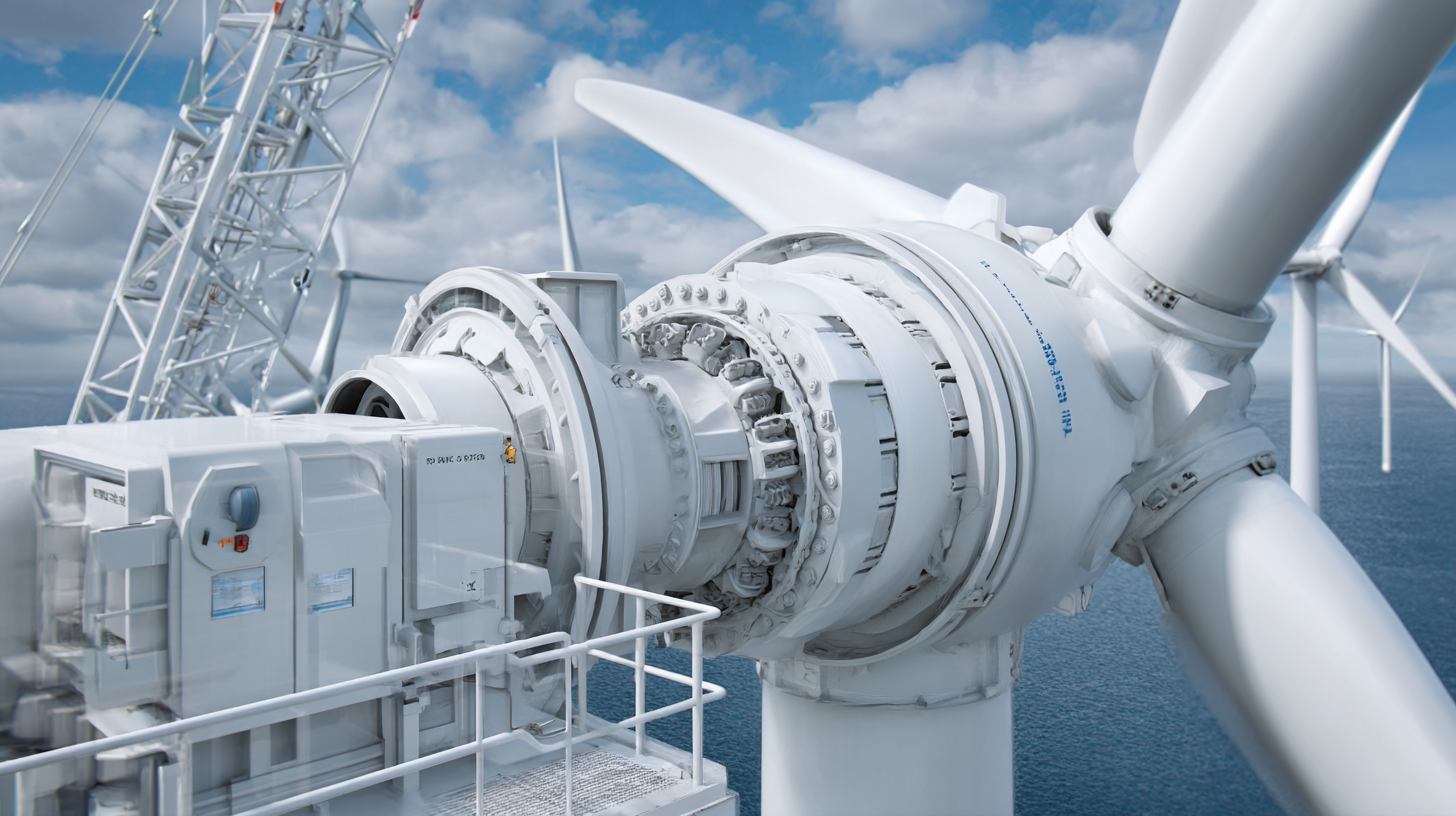
The Fundamentals of Wind Energy Conversion: How Wind Turbines Work
Wind energy conversion is a fascinating process that transforms kinetic energy from the wind into mechanical energy and, eventually, electrical energy through the use of wind turbines. The basic functioning of a wind turbine involves several critical components, including the rotor blades, which capture wind energy, and the generator, which converts this mechanical energy into electricity. According to the U.S. Department of Energy, in 2022, wind energy accounted for approximately 9.2% of the total electricity generation in the United States, highlighting the increasing reliance on renewable energy sources.
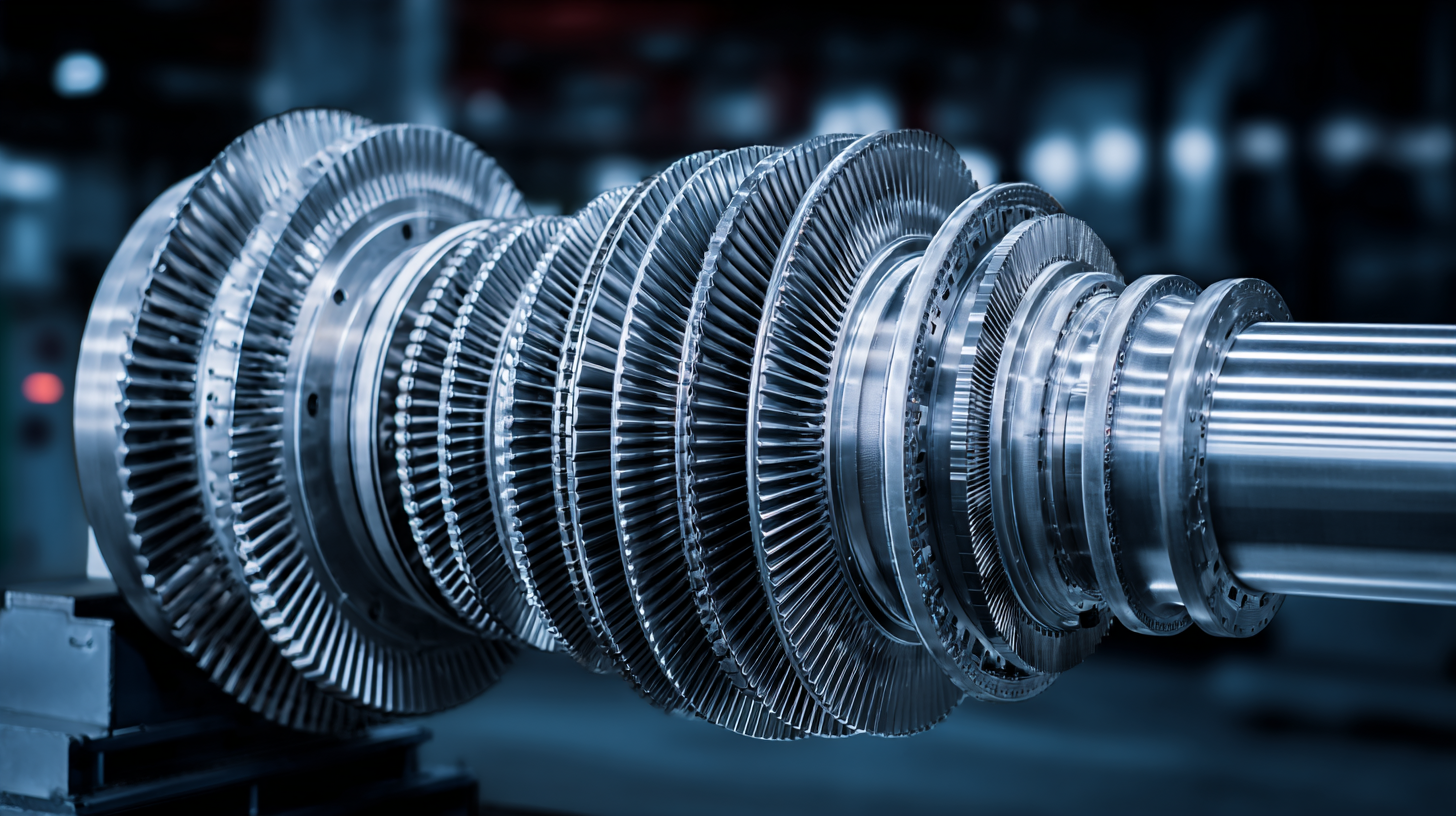
The efficiency of wind turbines can vary depending on several factors, such as their design and the wind conditions they operate in. Modern horizontal-axis wind turbines (HAWTs), which dominate the market, can achieve conversion efficiencies of up to 50% under optimal wind conditions. Research from the National Renewable Energy Laboratory indicates that advancements in turbine technology, such as larger rotor diameters and improved blade designs, can significantly amplify energy capture potential. By harnessing the natural power of the wind, these turbines not only contribute to energy sustainability but also play a crucial role in reducing greenhouse gas emissions, as wind energy is generated without releasing carbon dioxide.
Types of Wind Turbine Generators: Horizontal vs. Vertical Axis
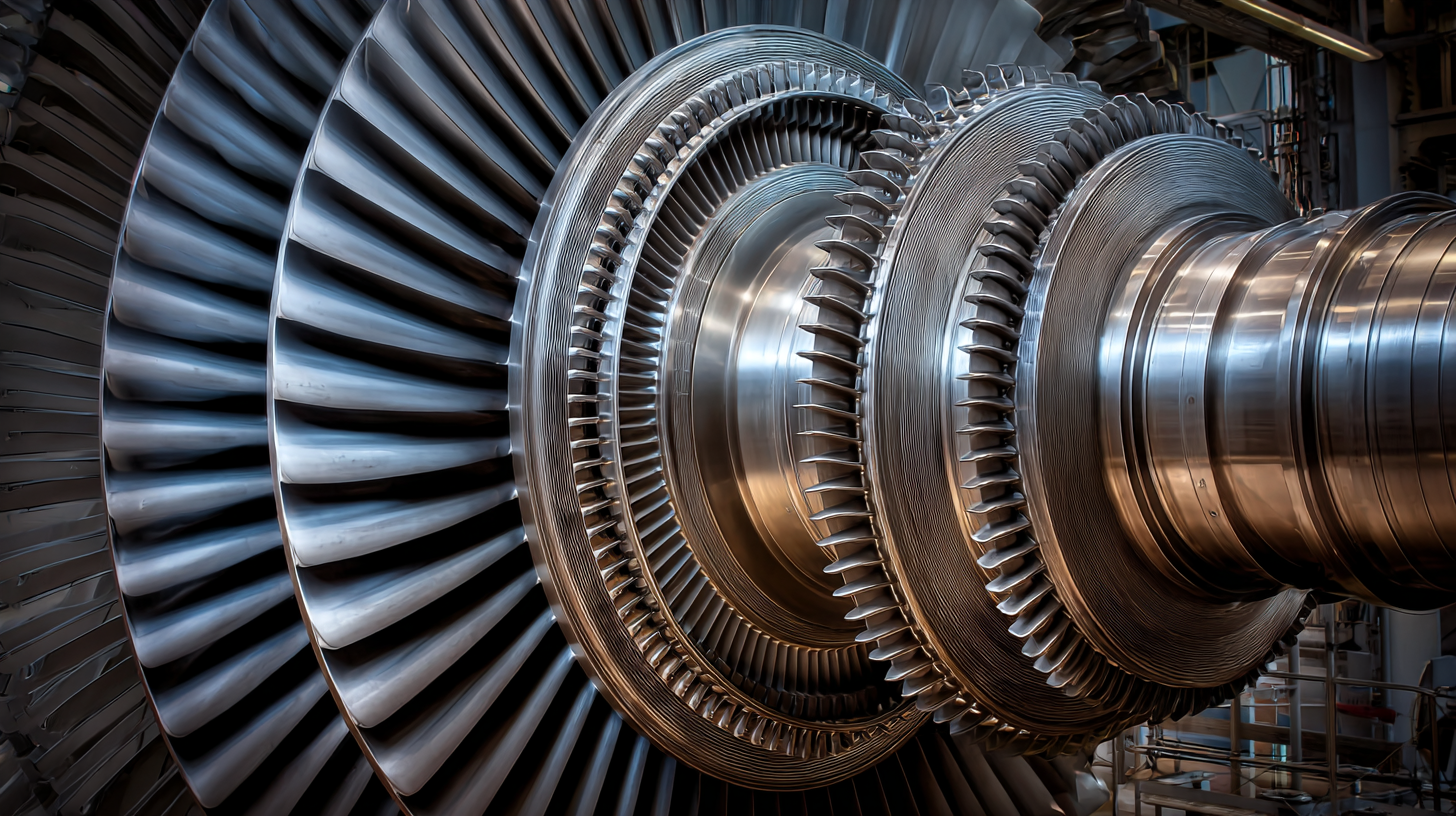 Wind turbine generators are critical components in harnessing wind energy, and they can be broadly categorized into two main types: horizontal axis wind turbines (HAWT) and vertical axis wind turbines (VAWT). The horizontal axis design is the most common, characterized by its two or three blades mounted on a horizontal rotor. This design allows for higher efficiency, especially in areas with consistent wind directions, as the blades can be adjusted to face prevailing winds through a yaw mechanism.
Wind turbine generators are critical components in harnessing wind energy, and they can be broadly categorized into two main types: horizontal axis wind turbines (HAWT) and vertical axis wind turbines (VAWT). The horizontal axis design is the most common, characterized by its two or three blades mounted on a horizontal rotor. This design allows for higher efficiency, especially in areas with consistent wind directions, as the blades can be adjusted to face prevailing winds through a yaw mechanism.
On the other hand, vertical axis wind turbines have blades that are oriented vertically, allowing them to capture wind from any direction without the need for additional mechanisms to turn the turbine. This design offers advantages in urban settings or turbulent wind environments, where wind flows can be unpredictable. VAWTs are also generally easier to maintain since the generator is located closer to the ground, eliminating the need for tall towers. As wind energy continues to grow as a sustainable energy source, understanding these two turbine types becomes essential in optimizing the efficiency and effectiveness of wind energy systems.
Key Components of Wind Turbine Systems: From Blades to Generators
Wind turbine systems are composed of several key components that work harmoniously to convert wind energy into electricity. The blades of a wind turbine, typically made from advanced composite materials, play a crucial role in capturing wind. According to the Global Wind Energy Council, rotor blade lengths have increased by more than 20% over the past decade, allowing turbines to extract more energy from lower wind speeds. This evolution in blade technology enhances overall system efficiency, making wind a more viable source of renewable energy.
In addition to blades, the generator is another significant component that transforms mechanical energy into electrical energy. Modern wind turbines utilize high-efficiency gearless generators that reduce maintenance costs and improve longevity. Data from the International Renewable Energy Agency indicate that advancements in generator technology can increase the annual energy production of a wind farm by up to 15%. When assembling a wind turbine, consider regular maintenance schedules and modern monitoring technologies to ensure optimal performance.
**Tip:** Always assess the local wind patterns and choose a turbine design that best fits these conditions. This strategic approach can significantly boost energy output and system reliability.
Understanding the Key Components of Wind Turbine Generators
Efficiency Metrics: Evaluating Wind Turbine Performance and Output
Efficiency metrics play a crucial role in evaluating wind turbine performance and output. In regions with mid to low wind speeds, such as parts of Vietnam, innovation in turbine blade design is essential to harness wind energy effectively.
Research teams are actively engaged in developing turbine blades that are optimized for these specific conditions, ensuring that even in less favorable wind environments, energy generation remains viable.
This focus on efficiency not only addresses energy needs but also promotes sustainable development by maximizing the potential of local resources.
Moreover, the shift towards a more refined approach in the domestic wind power industry is gaining momentum. By transitioning from a broad, unregulated growth model to one that emphasizes operational efficiency, companies are setting new benchmarks for performance.
The recent introduction of an AI model for analyzing wind turbine power curves exemplifies this trend, as it automates and enhances the assessment of turbine performance.
Such advancements are crucial for improving energy output and ensuring that wind energy remains a competitive and reliable source of power in the energy mix.
Advancements in Wind Turbine Technology: Trends and Future Prospects
Recent advancements in wind turbine technology have significantly enhanced the efficiency and reliability of renewable energy systems. With the global focus on reducing carbon emissions, innovations such as larger rotor diameters and improved blade designs have emerged. These developments allow turbines to capture more wind energy at lower wind speeds, making them viable in a range of environments. Moreover, the integration of smart technology, including IoT sensors and AI-driven analytics, enables real-time monitoring and predictive maintenance, reducing downtime and operational costs.
Future prospects for wind turbine technology are equally promising. Researchers are exploring the potential of floating wind farms that can harness energy in deeper waters, expanding the geographic scope for turbine installations. Additionally, advancements in energy storage solutions will address the intermittency of wind energy, allowing for better integration into the grid. As countries continue to invest in sustainable energy infrastructure, the wind turbine sector is poised for remarkable growth, contributing significantly to a cleaner energy future.
Understanding the Mechanisms Behind Wind Turbine Generators: A Comprehensive Guide
| Parameter | Value | Unit |
|---|---|---|
| Rated Power Output | 2.5 | MW |
| Rotor Diameter | 120 | m |
| Cut-in Wind Speed | 3 | m/s |
| Rated Wind Speed | 12 | m/s |
| Cut-out Wind Speed | 25 | m/s |
| Number of Blades | 3 | - |
| Annual Energy Production | 5,000 | MWh |
Related Posts
-

7 Best Wind Mill Turbine Solutions for Sustainable Energy Production
-

Innovative Solutions for Harnessing Wind Mill Turbine Efficiency
-

Exploring Innovative Alternatives to Traditional Wind Turbines for Sustainable Energy
-
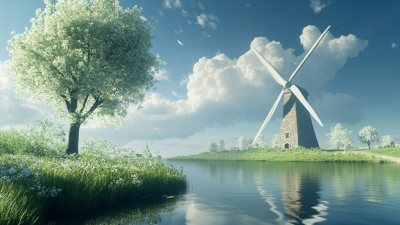
Comprehensive Insights on Choosing the Right Wind Mill Turbine for Your Needs
-
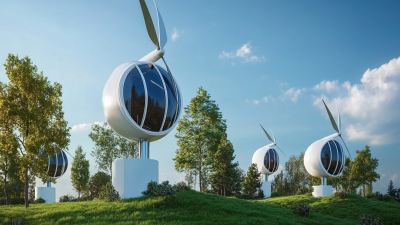
Unlocking the Potential of Micro Wind Turbines for Sustainable Energy Solutions
-
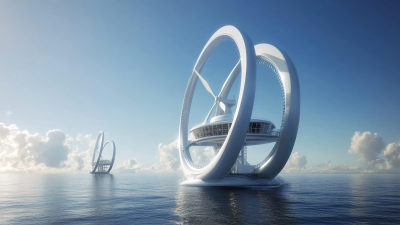
Innovative Applications of Wind Turbine Generators in Modern Energy Solutions
Tell us about your project
Our Off-grid experts will come back with recommendations




